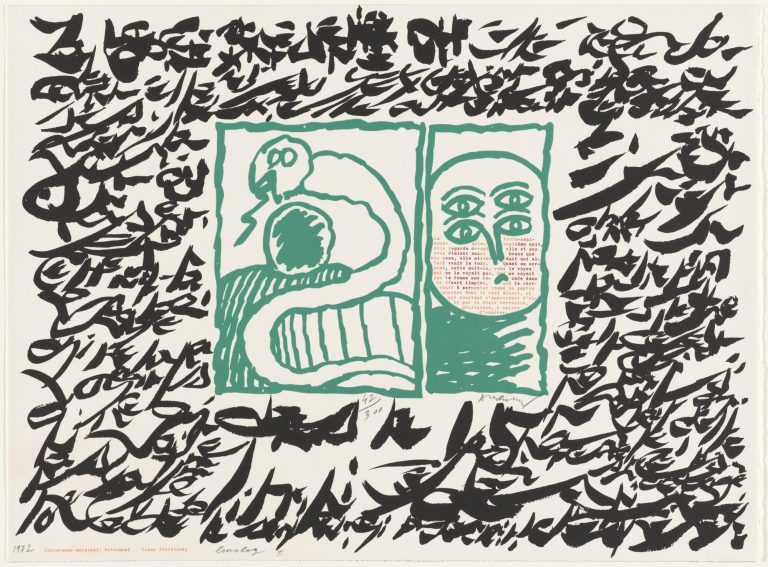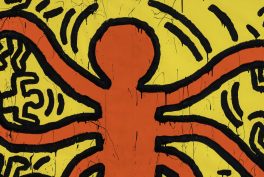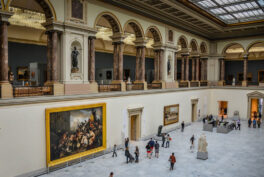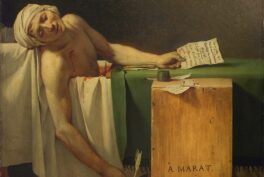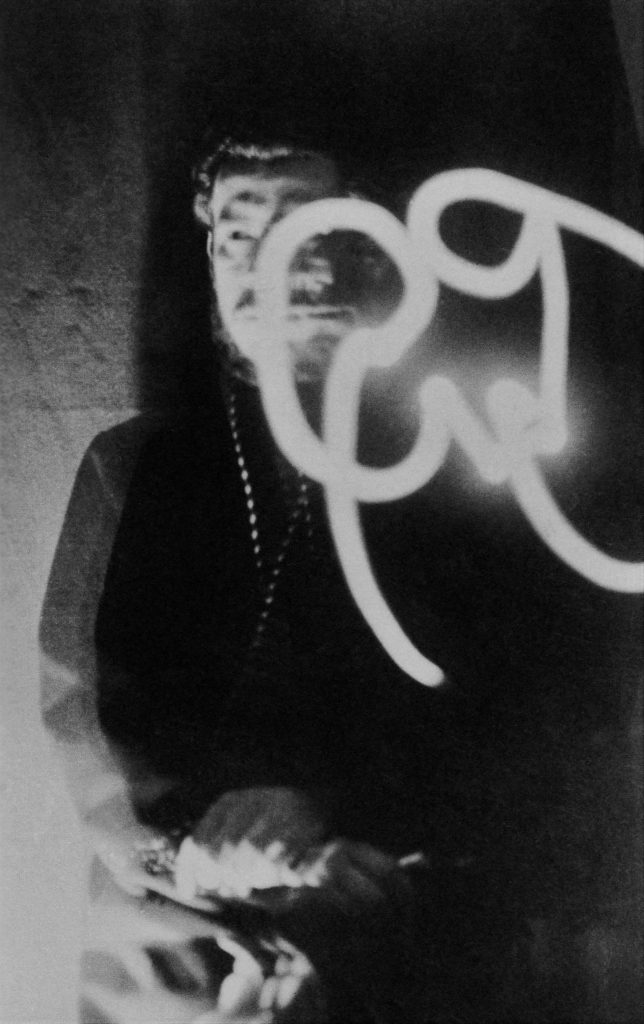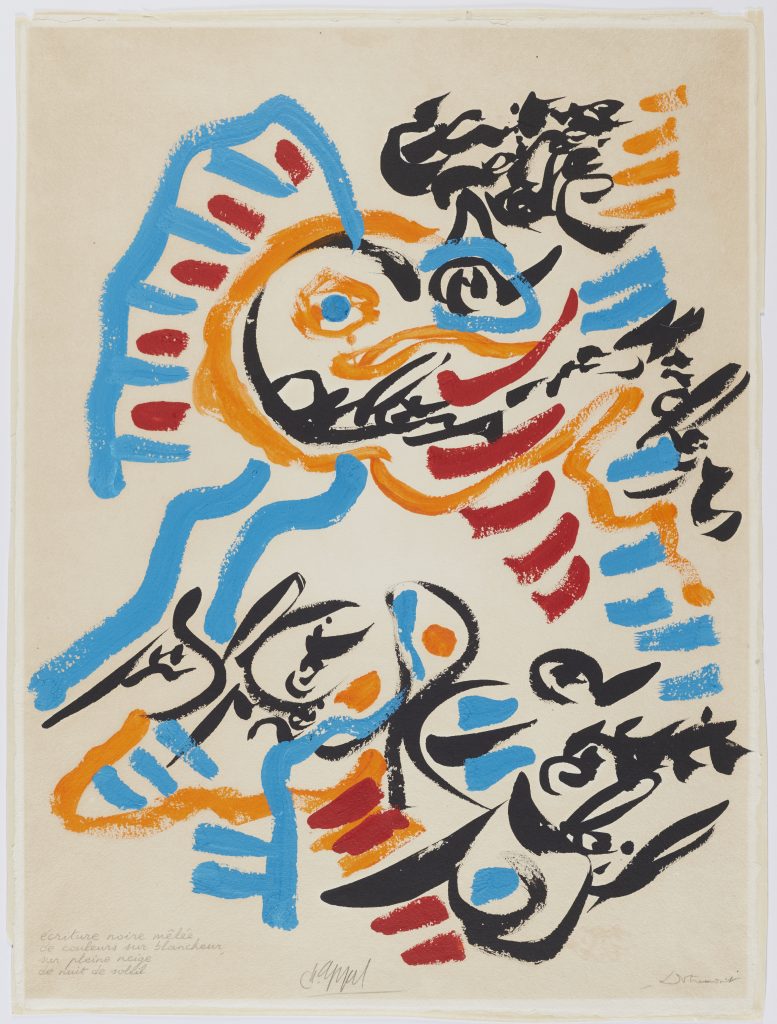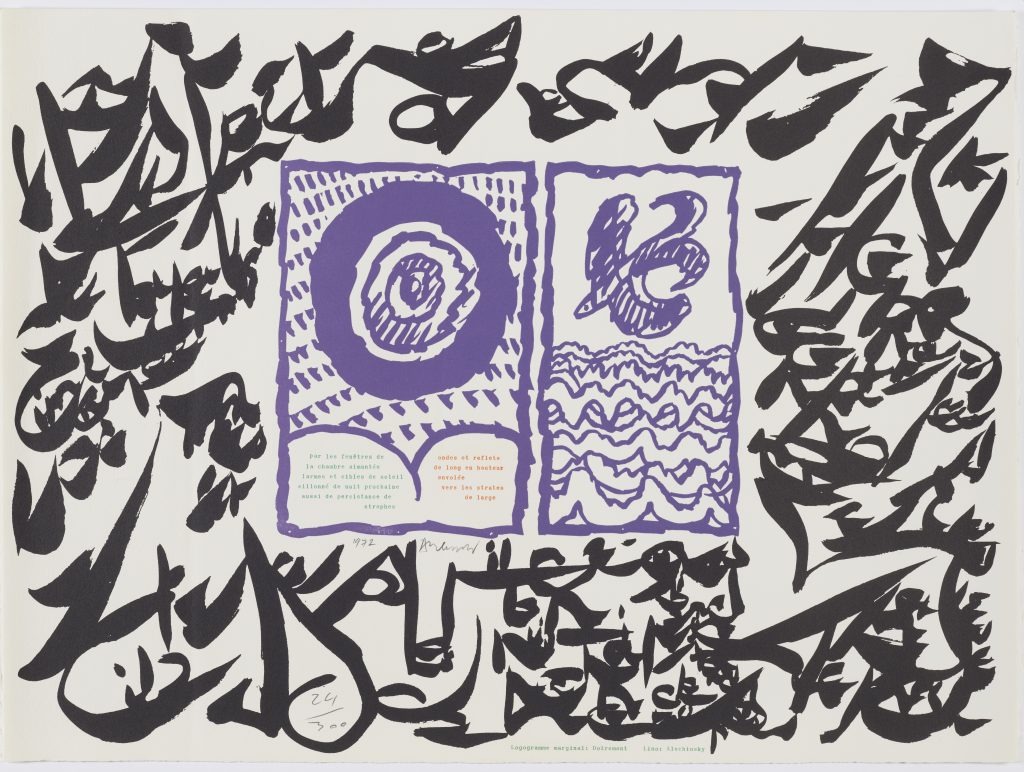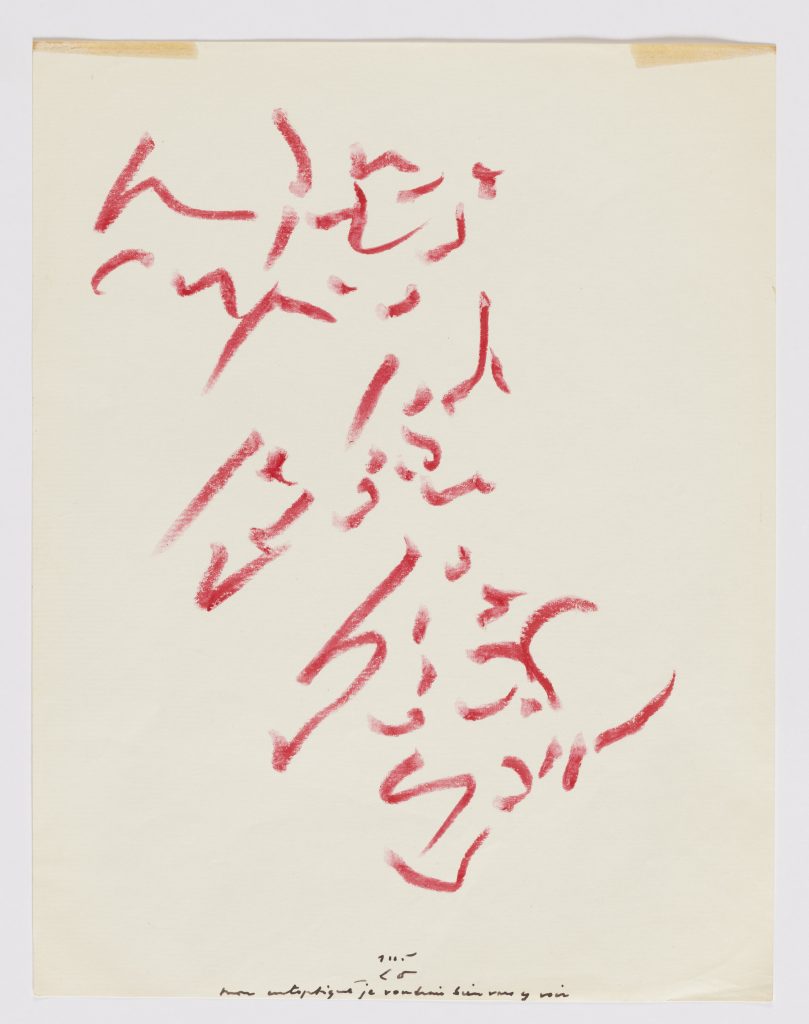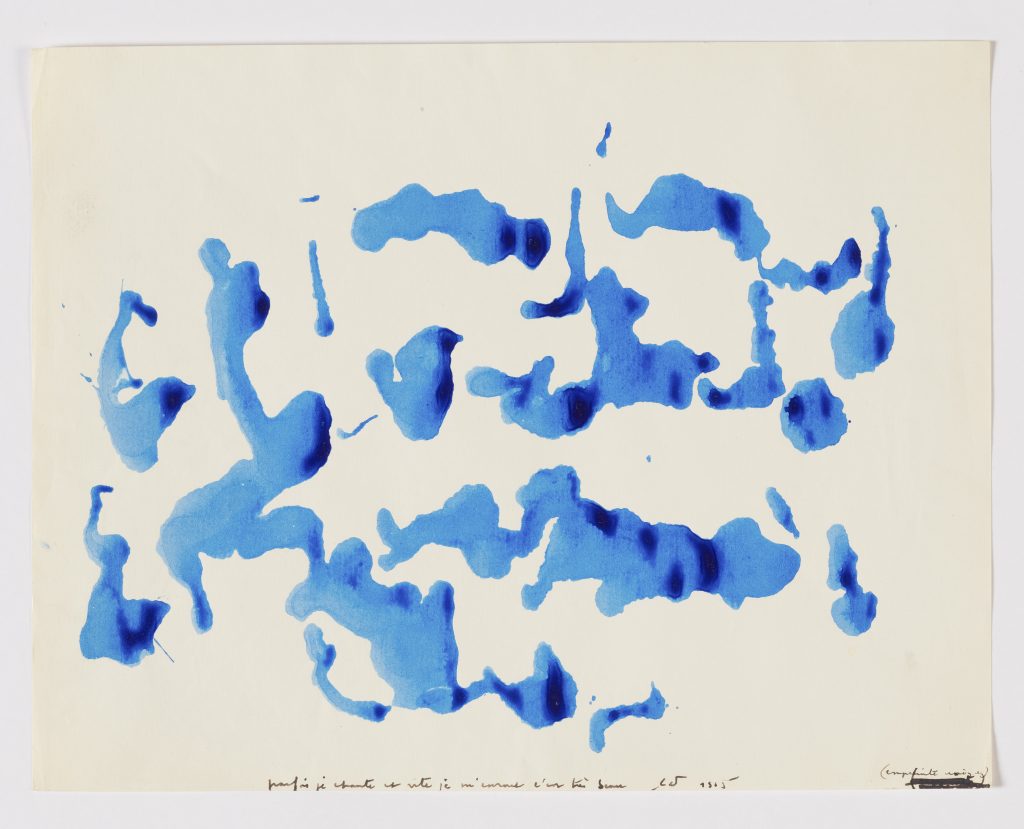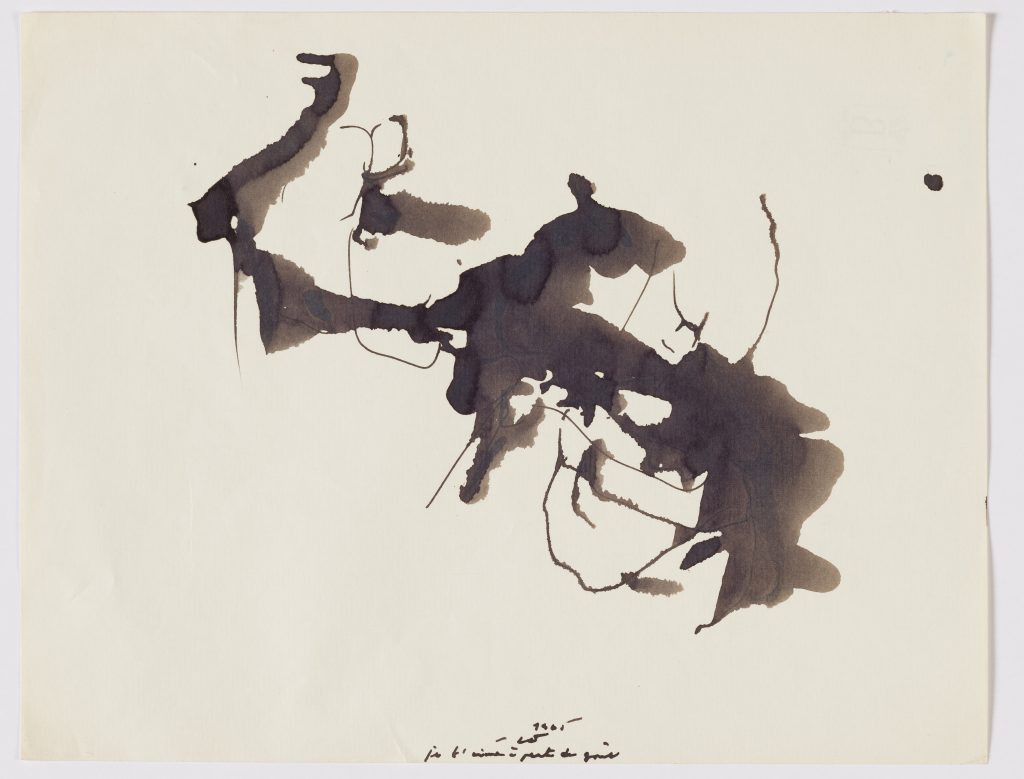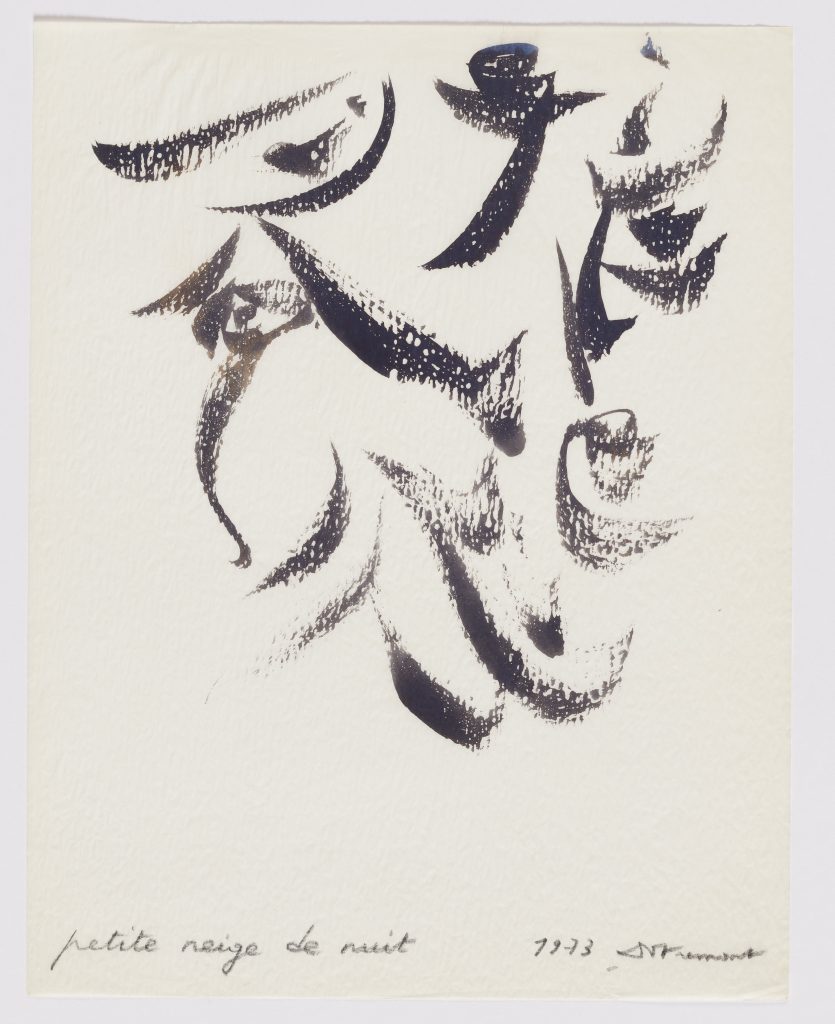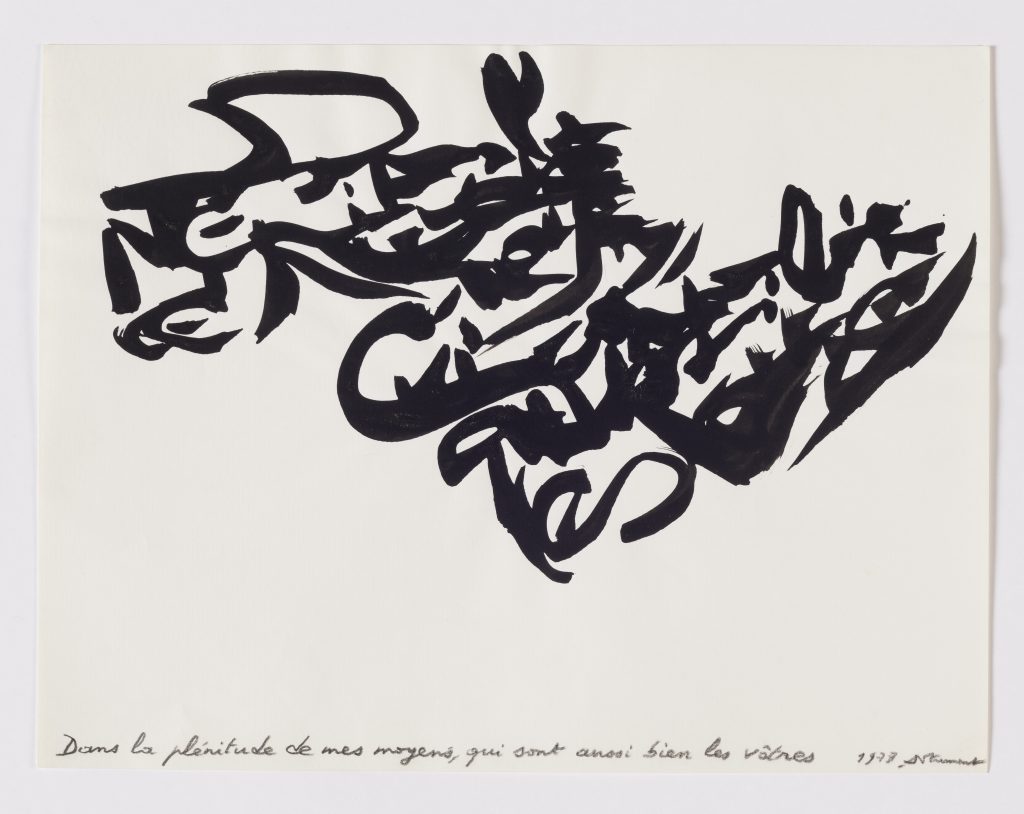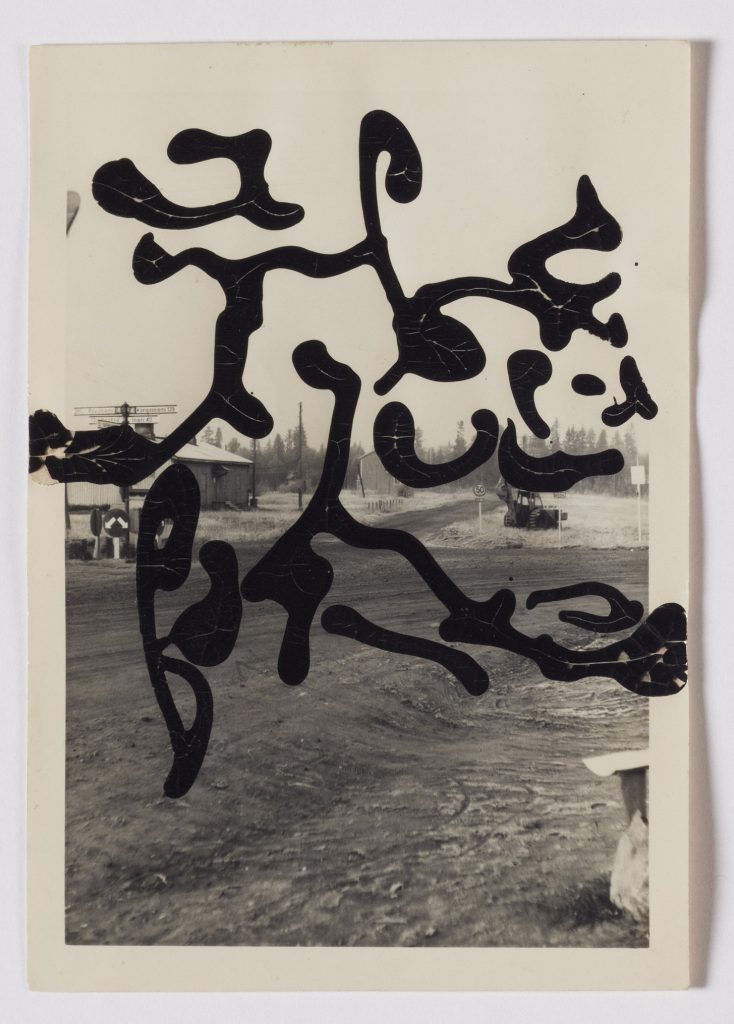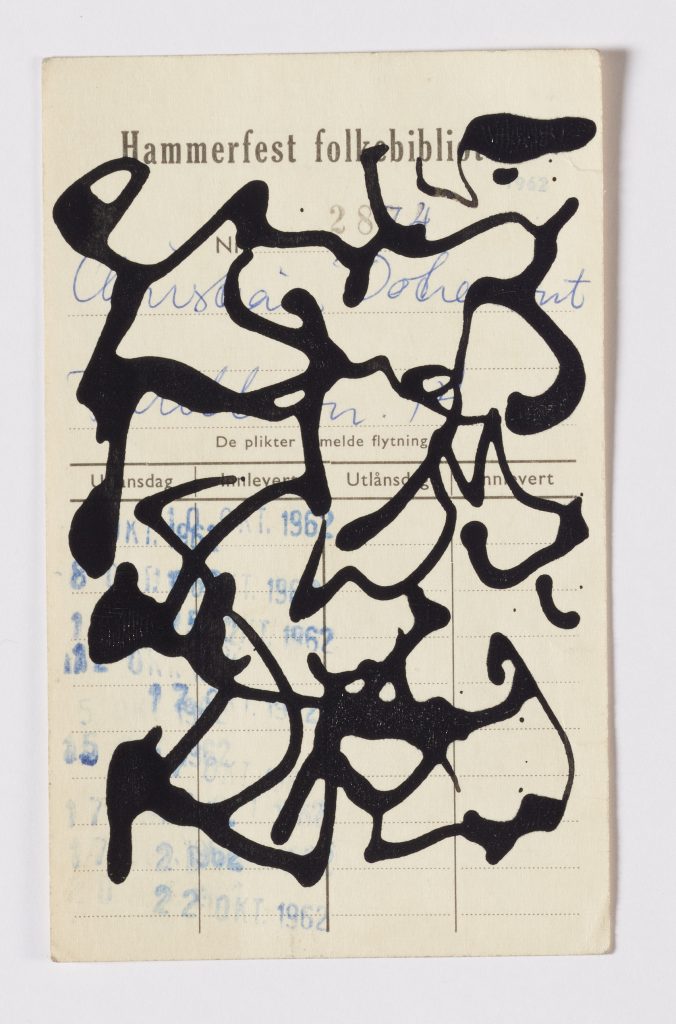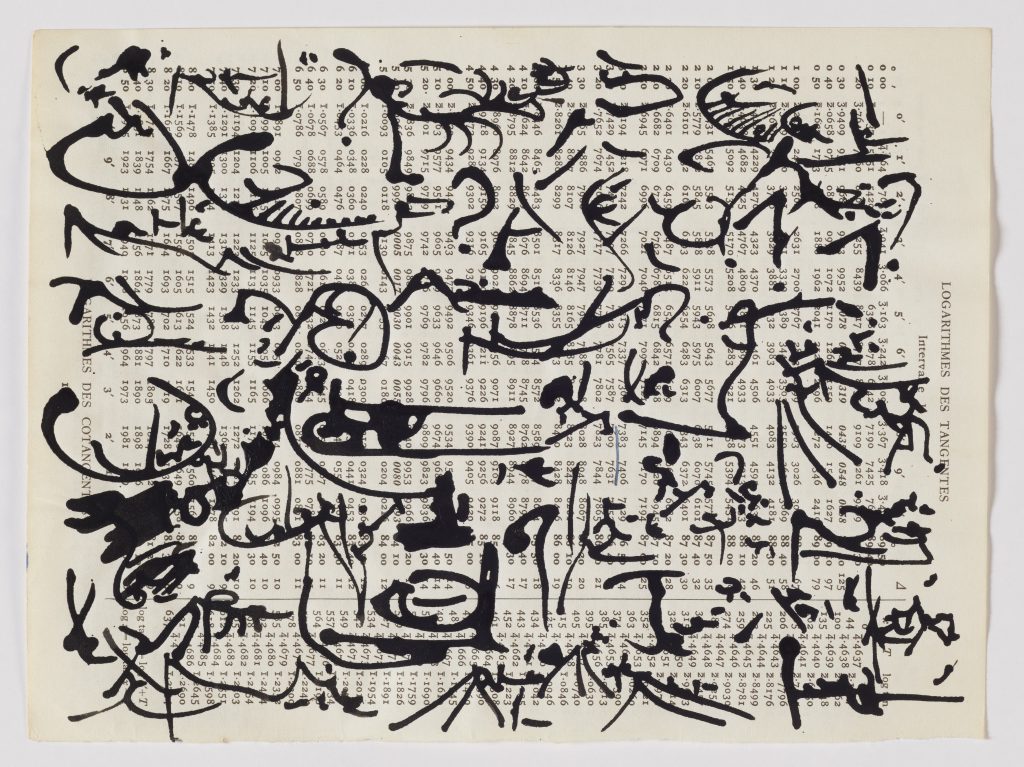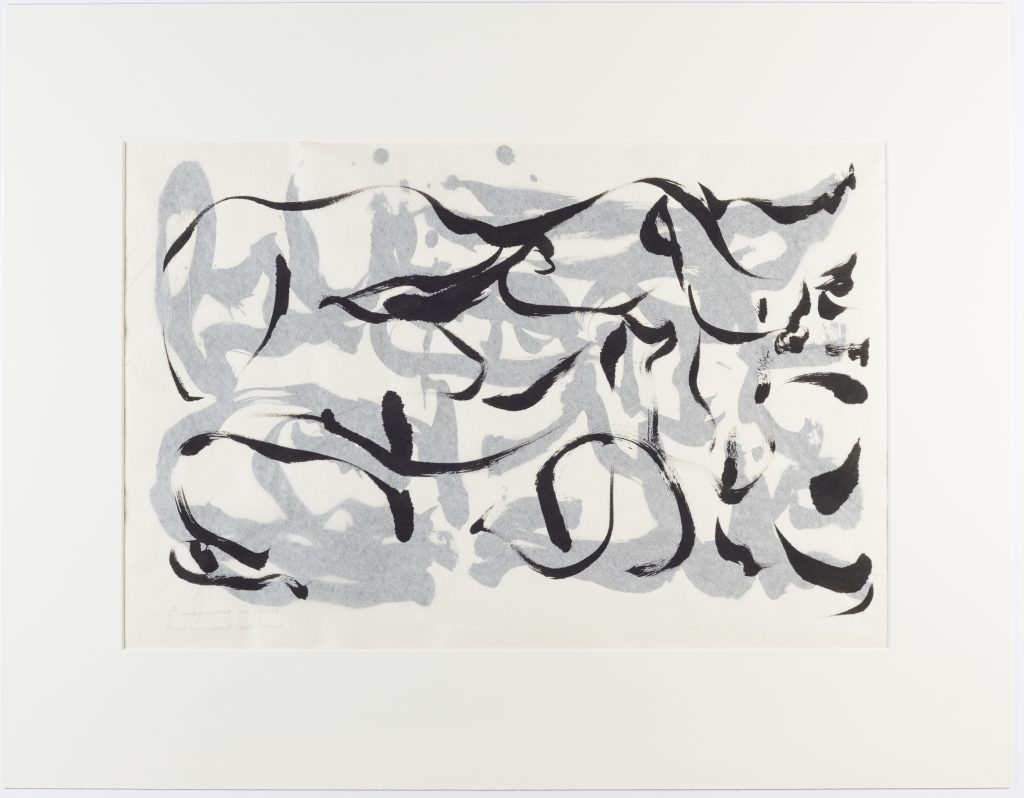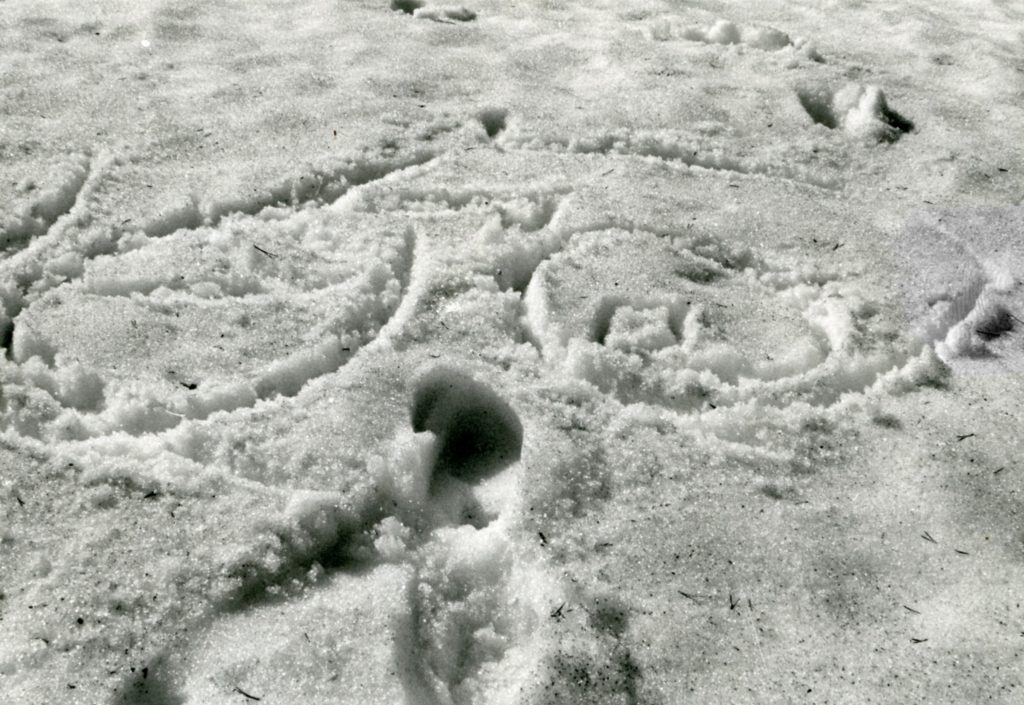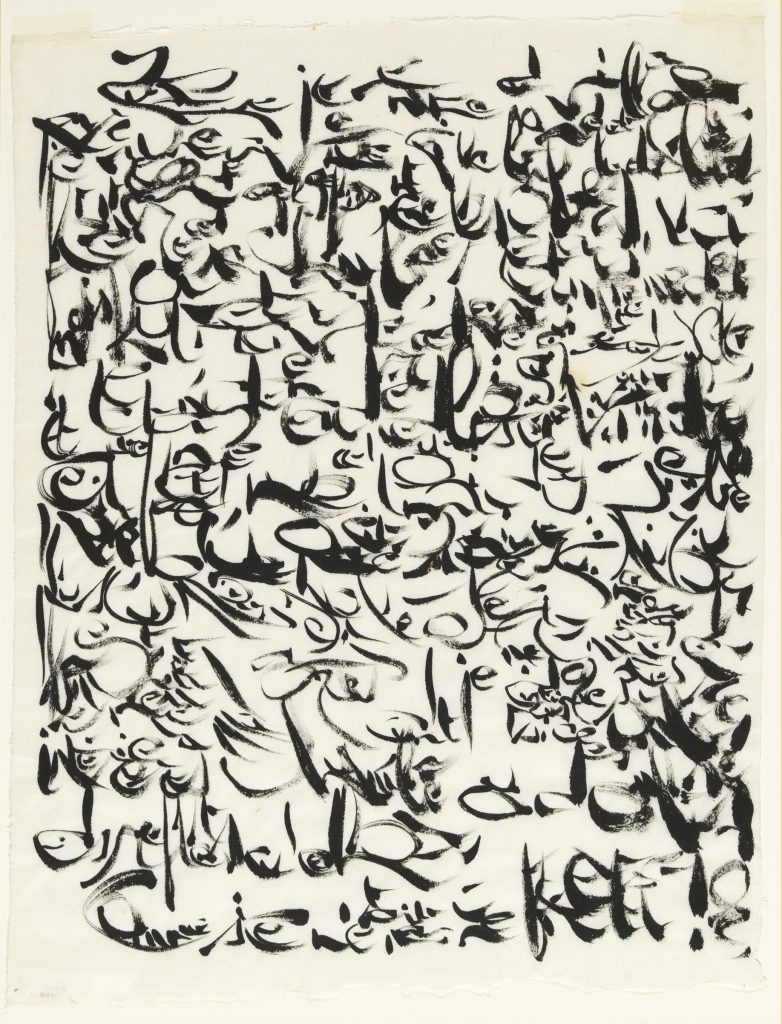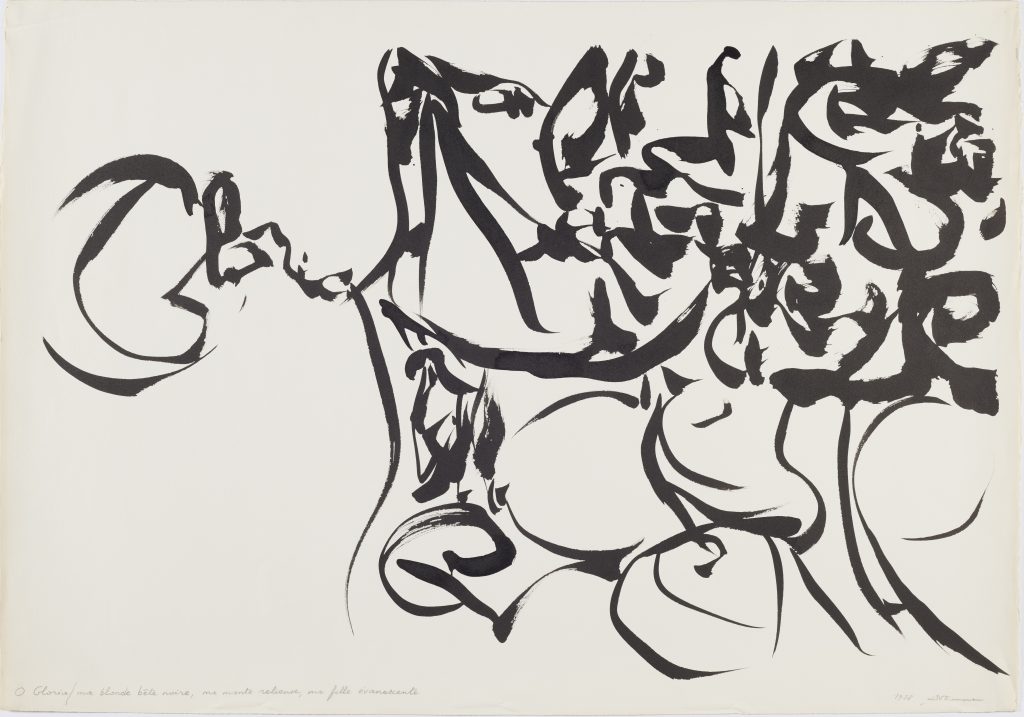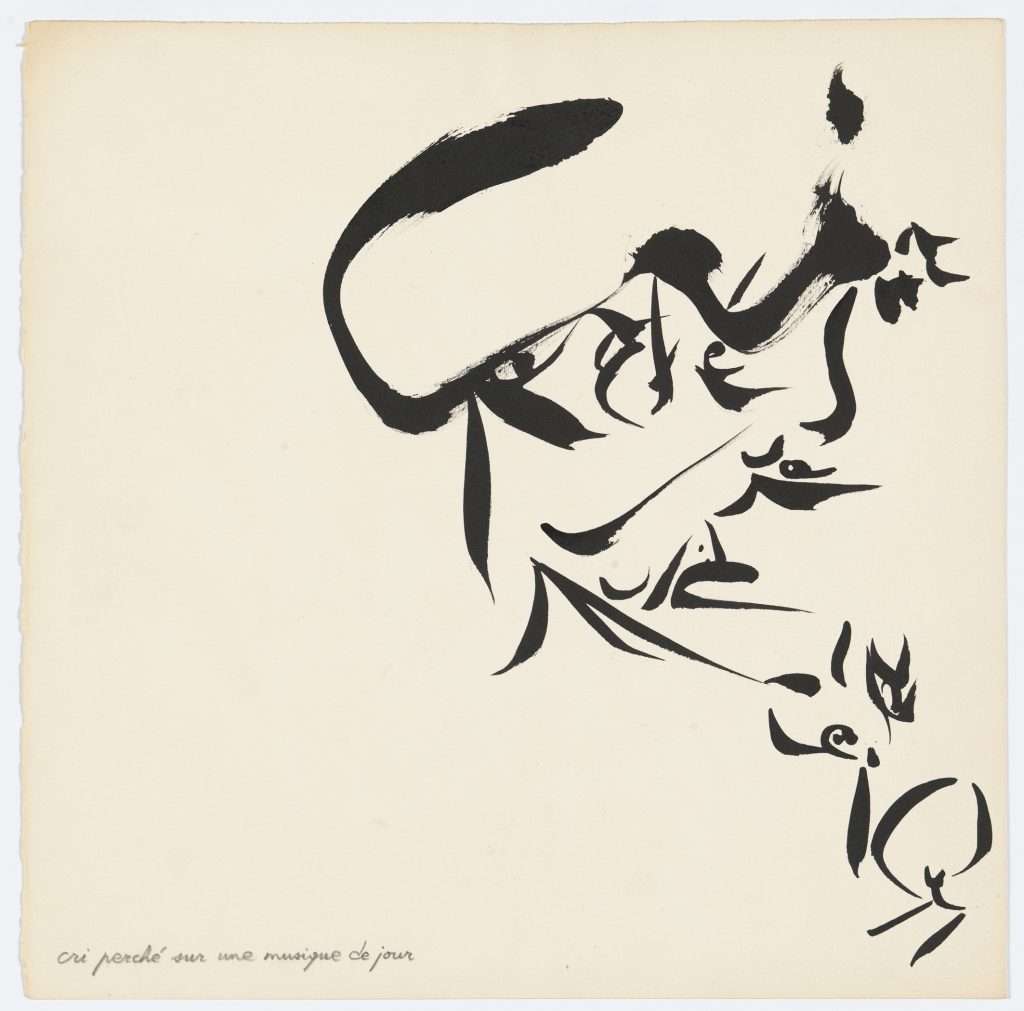And more than traveling, it is wandering that he loved and considered highly poetic, an ideal alternative to his sick life. His suitcases are the symbols of this interest. At the time, those contained everything he owned and, of course, the logograms.
Love also inspired him, especially with women from the North. They followed one another, and passionate love made him go through contrary and sometimes thwarted emotions. But always, it inspired him to create. He dedicated logograms to love.
Love and illness marked him forever. By the way, these are also the central themes of his only published novel, The Stone and the Pillow.
